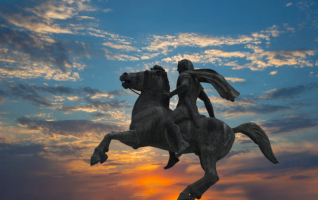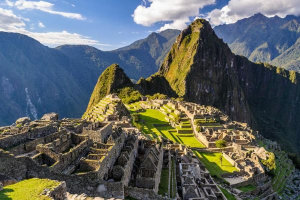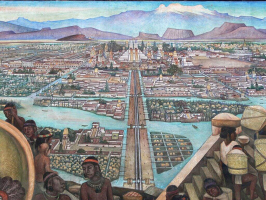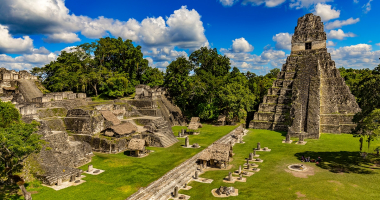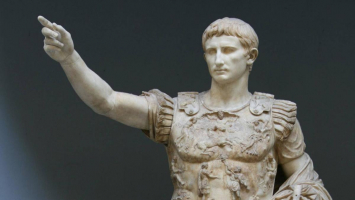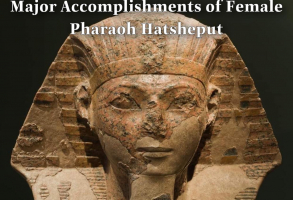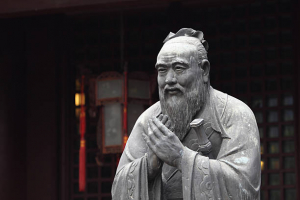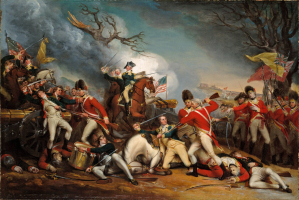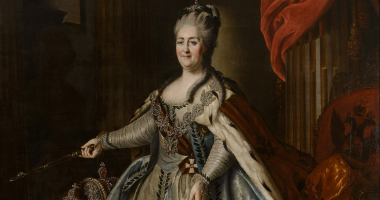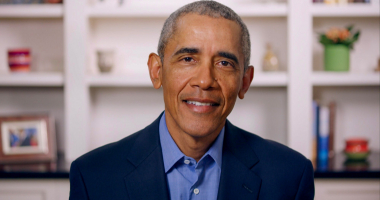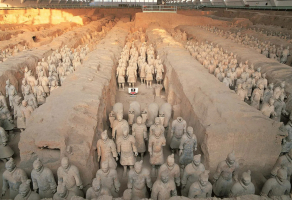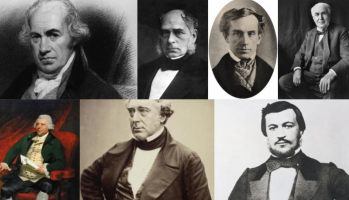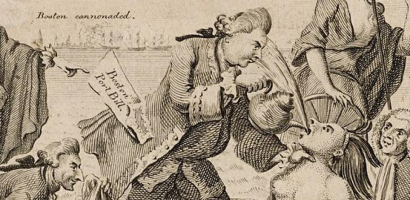Top 10 Major Achievements of Ashoka the Great
In the present context, Ashoka is mostly remembered for his transformation into a peaceful king and for his active role in the spread of Buddhism throughout ... read more...Ancient Asia. The founders of the modern Republic of India would, more than 2 millennia later, seek inspiration from their rule and adopt the Lion Capital of Ashoka as the state coat of arms. He has made significant contributions to the development of the country, not only that, but he also has a lifetime of achievements himself. Here are the 10 major achievements of Ashoka the Great.
-
According to the Ashokavandana (Ashoka's story), Bindusara, the second Mauryan Emperor, despised his unattractive son Ashoka. Bindusara sent Ashoka to the important city of Takshashila (now Pakistan) when he was in his twenties to put down a rebellion in the region. Bindusara may have intended Ashoka to fail in this endeavor because the city was about 1500 kilometers from the Mauriyan capital of Patliputra (modern-day Patna, India). The young prince, on the other hand, was fast to follow his father's directions, took command of the situation, and excelled in his responsibilities.
The uprising, however, is not mentioned in preserved Sri Lankan writings such as the Mahavamsa. Bindusara named Asoka as Viceroy of the Ujjain Province, which was a major administrative and commercial center in Central India at the time. Ashoka performed admirably in this job and showed that he was a capable administrator. In light of one or both of these sources, it's worth noting that, despite his father's disapproval, Ashoka was given key tasks in his early years.
It can be seen that the fulfillment of responsibilities from an early age by the great Ashoka proves that he is a multi-talented, intelligent, and discerning person. Not only that, it was the responsibility of a top leader, to show Ashoka's ability.
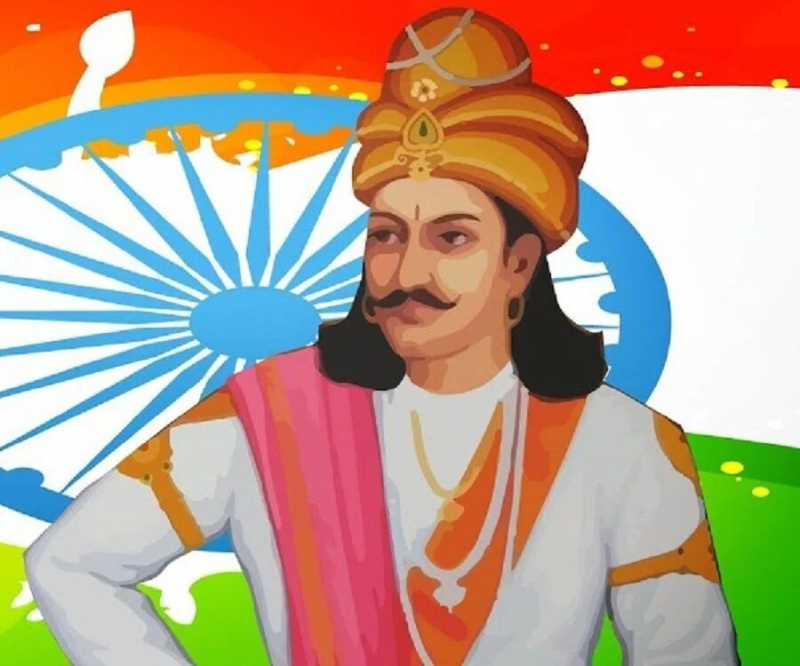
Photo: https://images.saymedia-content.com/ 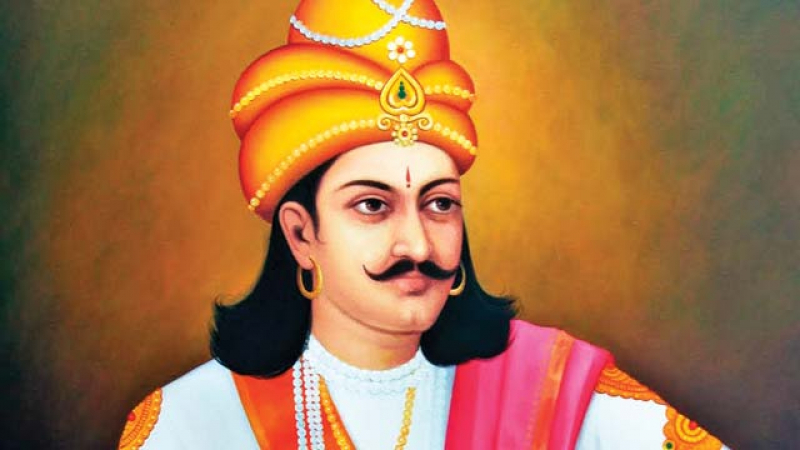
Photo: https://www.patnabeats.com/ -
The evidence implies that Ashoka was not the Mauryan empire's crown prince. After Bindusara's death, political strife lasted for several years, until Ashoka was formally anointed emperor around 269 BCE. Sushima, Bindusara's eldest son, is recognized by Ashokavandana as the crown prince, and Ashoka is recognized as the usurper who, with the help of his allies, eliminated Sushima and any other obstacles to his emperorship. According to the Mahavamsa, Ashoka returned from Ujjain to Patliputra to seize the crown, and in the process, he killed his eldest brother. It goes on to say that during his fight for the throne, Ashoka slaughtered 99 of his half-brothers. The number is 100 in the Sri Lankan literature Dipavamsa ("Chronicle of the Island"), whereas it is 6 in the 16th century Tibetan monk Taranath.
Historians agree that numbers like 99 and 100 may be exaggerations intended to contrast Ashoka's later metamorphosis into a Buddhist, or simply a means of indicating that Ashoka slaughtered several of his brothers. At the age of 35, Ashoka was formally anointed King of India. In his early reign as a monarch, he was ambitious and ruthlessly aggressive. He expanded the Maurya Empire even farther, ruling over a territory that stretched from modern-day Afghanistan to Bangladesh in the east. It covered the entire Indian subcontinent, except for parts of modern-day Tamil Nadu, Karnataka, and Kerala. Pataliputra (in Magadha, present-day Patna) served as the empire's capital, with provincial capitals in Taxila and Ujjain. During the reign of Asoka, the Maurya Empire expanded to its highest extent. This is considered one of the major achievements of Ashoka the great.
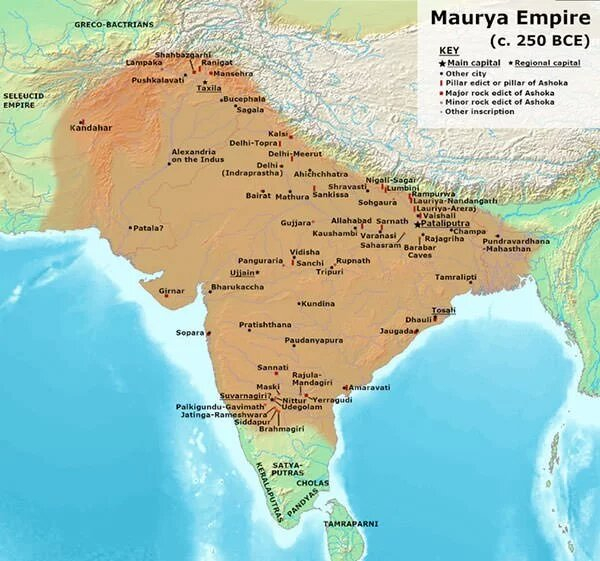
Photo: https://learnodo-newtonic.com/ Source: HisTory HoLic's Youtube Chanel -
Ashoka was a violent guy in his early years as a prince and monarch, according to both North Indian and Sri Lankan Buddhist traditions. He is referred to as "Chandashoka" (Ashoka the terrible) in the Ashokavadana, which details some of his violent acts during his early reign.
Kalinga, on the Indian subcontinent's east coast, in what is now the state of Odisha and northern Andhra Pradesh, was an affluent region with key ports and a powerful fleet. In the eighth year of his reign, approximately 262 BCE, Ashoka set his sights on the kingdom. A vast Mauryan army marched to Kalinga, and Ashoka was victorious after a terrible battle. However, nearly 100,000 soldiers and civilians were murdered in the terrible conflict, including over 10,000 members of Ashoka's tribe. Another 150,000 people were captured as prisoners, and many more were afflicted by starvation, damage, and the aftermath of the conflict. According to popular belief, Ashoka began to feel guilt and was deeply saddened by the massacre that occurred during this conflict. As a result, he became a Buddhist.
The regret of this atrocity caused Ashoka to devote himself to the practice and dissemination of dharma, according to Major Edict 13 of Ashoka. Ashoka declares that he now finds the carnage, death, and expulsion that occurs during the invasion of a country to be unpleasant and disgusting, and that he finds the suffering of religious people and householders to be even more so. It's worth noting, however, that the decree, which can be found engraved in various places around Ashoka's empire, is missing from the Kalinga region. Furthermore, there is no mention of guilt in the inscriptions unearthed in the Kalinga area. There is also scant evidence linking Ashoka's discussion of Buddhism with the Kalinga war. His conversion is dated to his 4th regnal year, and he built 84,000 viharas between his 5th and 7th regnal years, according to Sri Lankan sources. He became a Buddhist around the same time, according to a small rock edict issued in his 13th regnal year.
Other military activities of Ashoka are not mentioned in ancient writings. Later in his reign, the Emperor became known as Dhammashoka after embracing Dharma (Dhamma in Pali). In the field of inter-state relations, his new policy of peace and non-violence marked the start of more than 40 years of relative peace, harmony, and prosperity.
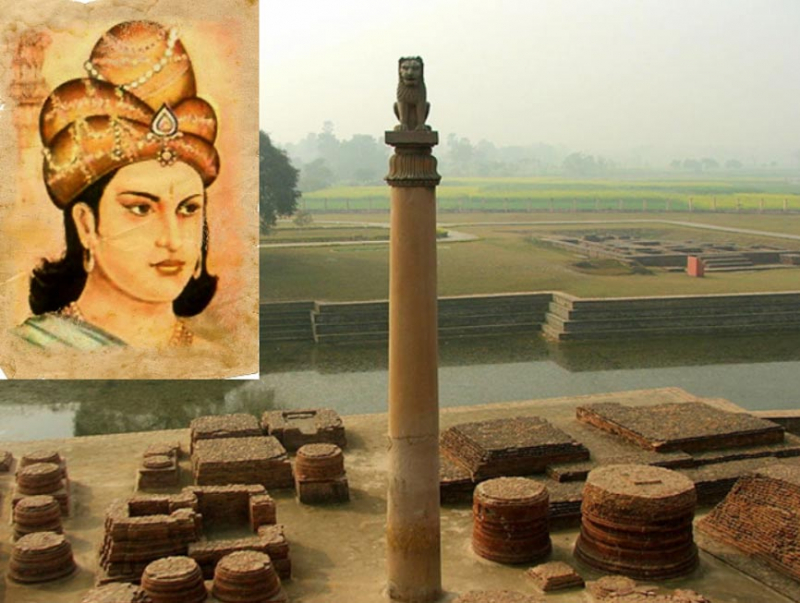
Photo: https://www.ancient-origins.net/ 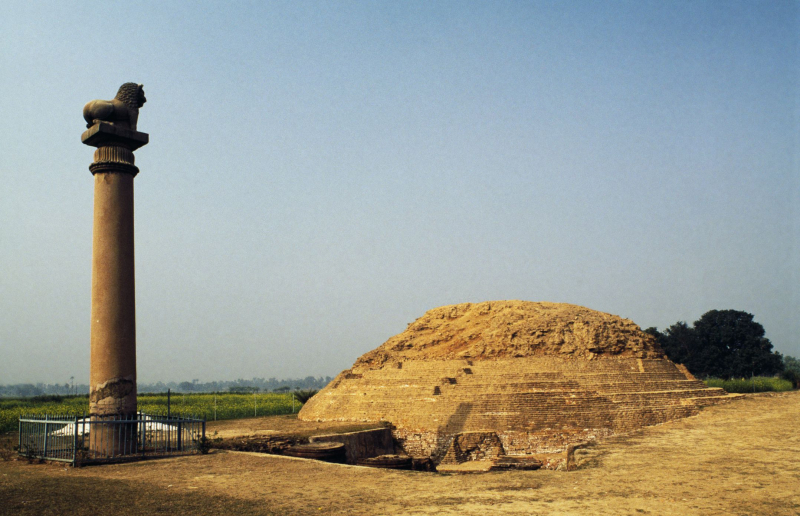
Photo: https://www.thoughtco.com/ -
Ashoka, one of history's most powerful Emperors, was instrumental in spreading Gautama Buddha's message throughout the world. He not only adopted Buddhist ideas into his rule, but he also encouraged Buddhist expansion by sending monks to countries such as Greece, Burma, Nepal, Tibet, Central Asia, China, and Japan. Around 250 BCE, Moggaliputta-Tissa (a Buddhist monk from Patliputra) was patronized by Ashoka and sent out nine Buddhist missions to propagate Buddhism in the "boundary areas," according to Sri Lankan legend. By sending emissaries to five monarchs and several other kingdoms, Ashoka secured a "dhamma triumph," according to the Rock Edict XIII. He also dispatched Sanghamitra, his only daughter, and Mahindra, his only son, to spread Buddhism in Sri Lanka, where it is now an important religion.
Ashoka's support and sponsorship of Buddhism had far-reaching ramifications, as seen by the religious and spiritual histories of various countries, particularly in Asia. Traditional Buddhist practices and philosophies evolved over time, becoming regionally diverse. Ashoka also established several shrines and monasteries in his efforts to spread Buddhism, as well as inscribed Buddhist teachings on rocks and pillars in various locations. This is considered to be one of the major achievements of Ashoka the great.
It's also worth noting that, in keeping with the Dharmic family of religions (Indian origins), despite Ashoka's zealous beliefs, there's no evidence that he was biased against anyone. The Rock Edicts 6, 7, and 12 are among Ashoka's edicts that emphasize tolerance of all sects. Ashoka honors individuals of all faiths in his Rock Edict 12. Ashoka dedicates caves to non-Buddhist ascetics in his inscriptions, and he constantly says that both Brahmins and shramanas deserve respect. However, the Ashokavandana mentions a few incidents of violence during his later reign, notably those against Jains.
Source: Historia Maxima - History Documentaries 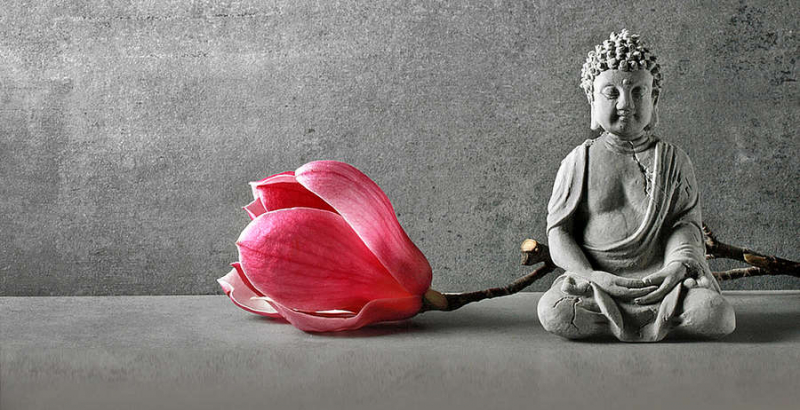
Photo: https://eisamay.com/ -
According to Ashoka's many inscriptions, he dedicated himself to the dissemination of Dhamma or the practice of Gautama Buddha's teachings. He chose the road of peace and nonviolence, took a humanitarian approach to administration and policymaking, and implemented a slew of social welfare programs. The creation of medical treatment facilities for humans and animals, as well as the planting of medicinal herbs, were among them (Rock Edict 2). For the ease of passers-by and travelers, the Mauryan Emperor ordered that the kingdom's roadways be supplied with trees, wells, and inns (Pillar Edict 7).
The king encouraged obedience to parents, generosity toward priests and ascetics, and frugality in expenditures by repealing the death penalty (Pillar Edict 4). Ashoka also established administrative roles such as the dhamma-mahamattas, who were in charge of the elderly, women, and children, as well as numerous religious groups. They were also dispatched on diplomatic trips to west Asian Hellenistic nations in order to spread the dhamma.
The adoption of multiple welfare measures for all is recognized as one of Ashoka's main achievements. In particular, he paid more attention to the elderly and children, which made people love him more. Not only that, but he also devoted himself to the country.
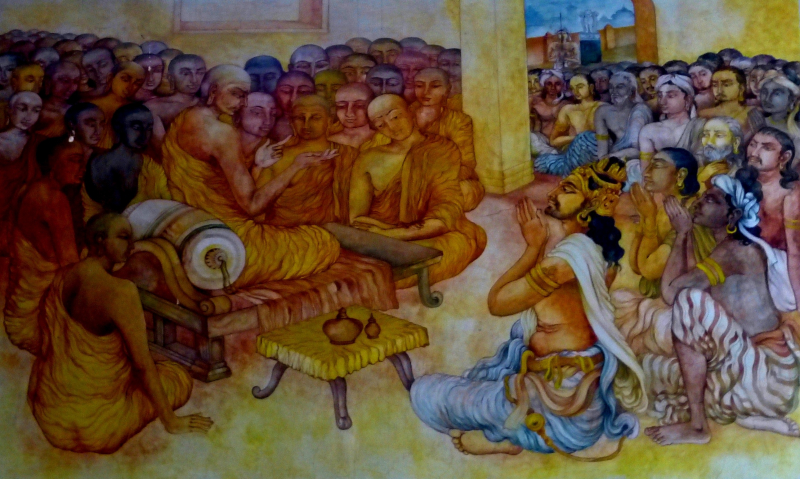
Photo: https://miro.medium.com/ Source: MD Interactive's Yotube Chanel -
Art and architecture reached their pinnacle during Ashoka's reign. The best surviving examples of Mauryan art are Ashoka's Pillars (Sthambhas). They were created by cutting single stones from the grey Chunar. There are around 30 pillars located throughout the Indian subcontinent. Rampurva, Lauriya, Nandangarh, Sarnath, and Sanchi all have well-known pillars. The Sarnath Pillar (Lion Capital) is the most famous surviving structure of the Ashokan era, out of all the Mauryan Columns. It contains an inverted lotus with petals and a magnificent portrayal of four Asiatic lions seated back to back, all carved with amazing beauty. Lions are thought to represent strength, courage, pride, and confidence. The Ashoka Chakra, a carving of a spoked wheel, can be found on the capital of one of Ashoka's pillars. This wheel represents the Gautama Buddha's Dhamma wheel, which was put in motion by him. During Ashoka's reign, 84,000 Buddhist stupas were built across the Indian subcontinent to commemorate Gautama Buddha's achievements. The Ashokan Stupas in Bharut and Sanchi are the most popular among the several Ashokan Stupas that still exist today. UNESCO has also designated the Great Sanchi Stupa as a World Heritage Site.
Apart from the Pillars and Stupas, Ashoka's inscriptions are historically significant since they are a fairly dependable source of information about his reign. There are three types of Ashokan inscriptions found across the subcontinent: rock inscriptions, pillar inscriptions, and cave inscriptions. The Ashoka edicts are a collection of 33 inscriptions on the Ashoka Pillars. The inscriptions can be found all across the world, from Afghanistan to Andhra Pradesh (Nellore District). The edicts of Ashoka lay out his policies and achievements. The majority of Ashoka's inscriptions are written in the Brahmi script, which is a combination of numerous Prakrit dialects. However, Ashoka's inscriptions have also been discovered in Greek and the First Persian Empire's Aramaic language. The Kandahar Bilingual Rock Inscription, written in Greek and Aramaic, the Kandahar Greek Edict of Ashoka, the KAI 273 in Takshashila, and the Laghmann I inscription, all written in Aramaic, are among the most well-known.
Source: BYJU'S's Youtube Chanel 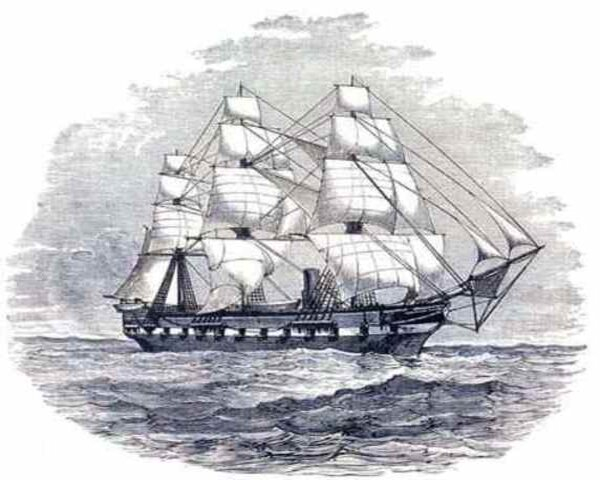
Photo: https://s3.amazonaws.com/ -
Many historians consider Ashoka to be the first emperor in recorded history to push for wildlife conservation. Following his conversion to Buddhism, he practiced "Ahimsa," or nonviolence, by abstaining from royal hunting and animal sacrifices. He is believed to have regulated animal slaughter in the royal kitchen (Rock Edict 1), limiting the number of animals slain daily to two peacocks and a deer, and even these animals were not to be murdered in the future. Female goats, sheep, and pigs who were nursing their young were forbidden to be killed by Ashoka. Young animals, fish, and birds were also restricted from being slaughtered. In addition, Ashoka went on to build free veterinary hospitals and dispensaries in Pataliputra. Even today's most progressive modern states cannot duplicate this feat.
In his edict, Ashoka promises to look after his people as if they were his children and assures his neighbors that they need not fear him because he will only employ persuasion rather than violence. To persuade others, you must use force. Ashoka stated that he provided people with shade and fruit trees, as well as medical care for people and animals.
His concern for creatures is seen in the prohibitions on living sacrifices and sport hunting, as well as the need that all other creatures, including servants, be treated with respect. Ashoka asked his people to become vegans and to prohibit the burning of woods or agricultural debris that might contain wildlife.
Source: Ungal Anban Hemanth's Youtube Chanel Source: Ashoka's Youtube Chanel -
The Lion Capital of Ashoka is adapted into the National Emblem of the Modern Republic of India. On India's first Republic Day, January 26, 1950, it was adopted as the country's State Emblem. The capital includes four Asiatic lions seated back to back, which signify power, courage, pride, and confidence, and is one of the best examples of Mauryan Sculpture. It was supported by a circular base. There's a horse and a bull at the bottom, and a Wheel in the middle (Dharma Chakra). The horse denotes loyalty, speed, and vitality, while the bull represents hard work and constancy.
The Emblem is a part of the Government of India's official letterhead and may be found on all Indian banknotes and passports. The Ashoka Chakra can also be seen at the center of the Indian National Flag, taken from its base. The dharma chakra (wheel of responsibility) has 24 spokes that represent the 24 Gunas (qualities) that make up a human being. The State Insignia of India (Prohibition of Improper Use) Act, 2005 regulates and restricts the use of the emblem, stating that no individual or private organization may use the emblem for official correspondence. The emblem of India is an adaptation of the Lion Capital of Ashoka and is considered one of the major achievements of Ashoka the Great.
Source: Jeromet Ryan's Youtube Chanel Source: The NP's Youtube Chanle -
Although Ashoka was one of the most powerful kings of the ancient world, his name was forgotten for generations. The Puranas (Indian ancient literature) mention him but do not provide any other information. The Brahmi script was deciphered by British scholar and orientalist James Prinsep in 1837, kicking off the rediscovery of Ashoka. Prinsep had originally linked the "Priyadasi" of the inscriptions he discovered to King Devanampiya Tissa of Ceylon. However, George Turnour unearthed an important Sri Lankan manuscript (the Dipavamsa, or "Island Chronicle") in 1837, which linked Piyadasi to Ashoka. Since then, Ashoka has earned a reputation as one of history's most interesting rulers.
The change of Ashoka from a tyrannical, ambitious, and brutal ruler to an Emperor who embraced Buddhism and actively pursued its nonviolent path is inspirational. His choice to abstain from fighting, his insistence on religious tolerance, and his peaceful attempts to establish Buddhism as a major international religion is still relevant and admired by many people. Ashoka has been a subject of popular culture in various artworks, novels, and films due to his unique place in history as an inspiring monarch who united his successful reign with idealism and philosophy. Among the prominent mentions are.
Source: Know Your World's Youtube Chanel Source: The Ayush's Youtube Chanel -
A separate administration/department was in charge of income collecting throughout Ashoka's reign. Several public projects were sponsored, with adequate budgeting to boost productivity. Thousands of miles of roads, waterways, canals, rest stops, hospitals, and other infrastructure were built. As a result of such rapid growth, the domestic and international networks grew significantly, connecting vital trading and political centers. International trade, in particular, achieved new heights of success, with Greek and Hellenic kingdoms as trading partners. Southeast Asian trade was also expanded. Among India's exports were silk, textiles, spices, and unusual delicacies.
As a leader, Ashoka not only takes care of people's lives but also contributes to infrastructure projects. From commuting to housing, and other services like hospitals, it can be said that Ashoka's period is considered a time of prosperity and development. Not only that, but he is also interested in international trade relationships. In addition, under his rule, exports were all over Southeast Asia, proving that he was a talented leader, and well-managed in the name of a leader. He financed the construction of many infrastructure projects that are considered one of the major achievements of Ashoka the Great. And this makes the people admire and believe in this talented leader.
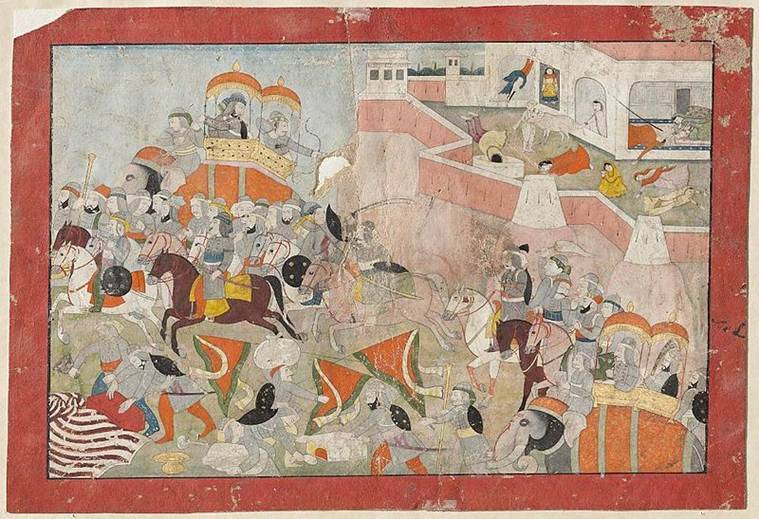
Photo: https://indianexpress.com/ 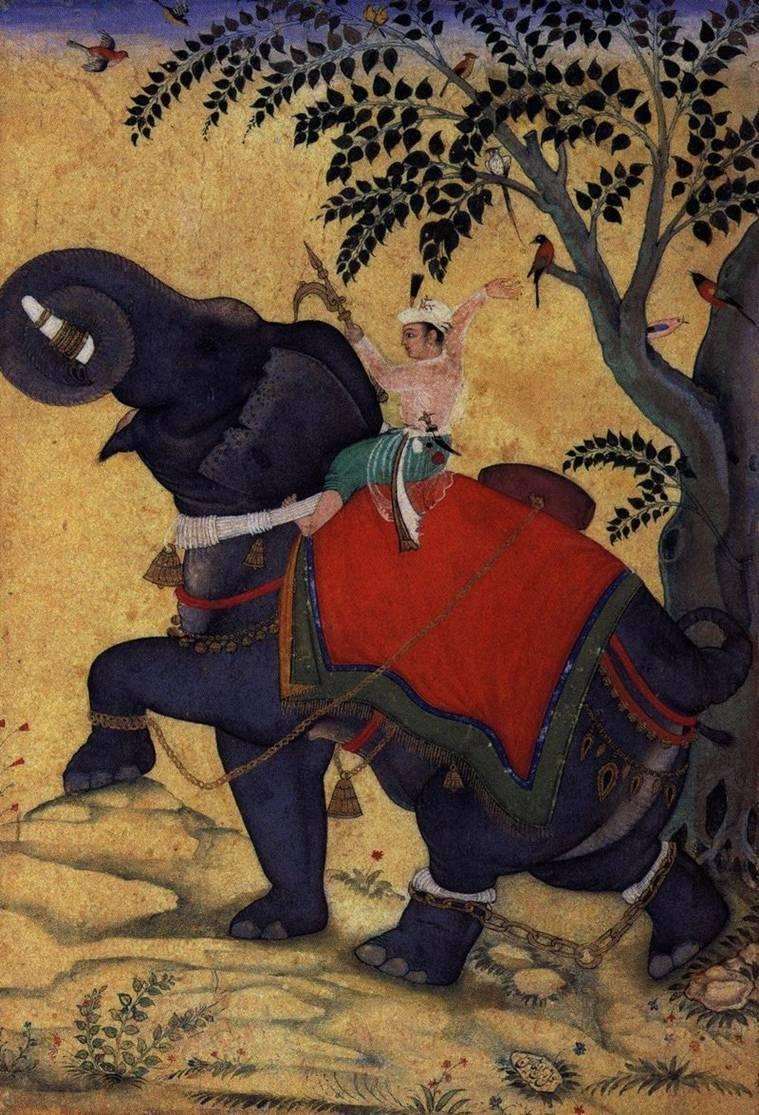
Photo: https://indianexpress.com/












